Home>Gardening & Outdoor>Landscaping Ideas>What Is Nitrogen For Grass
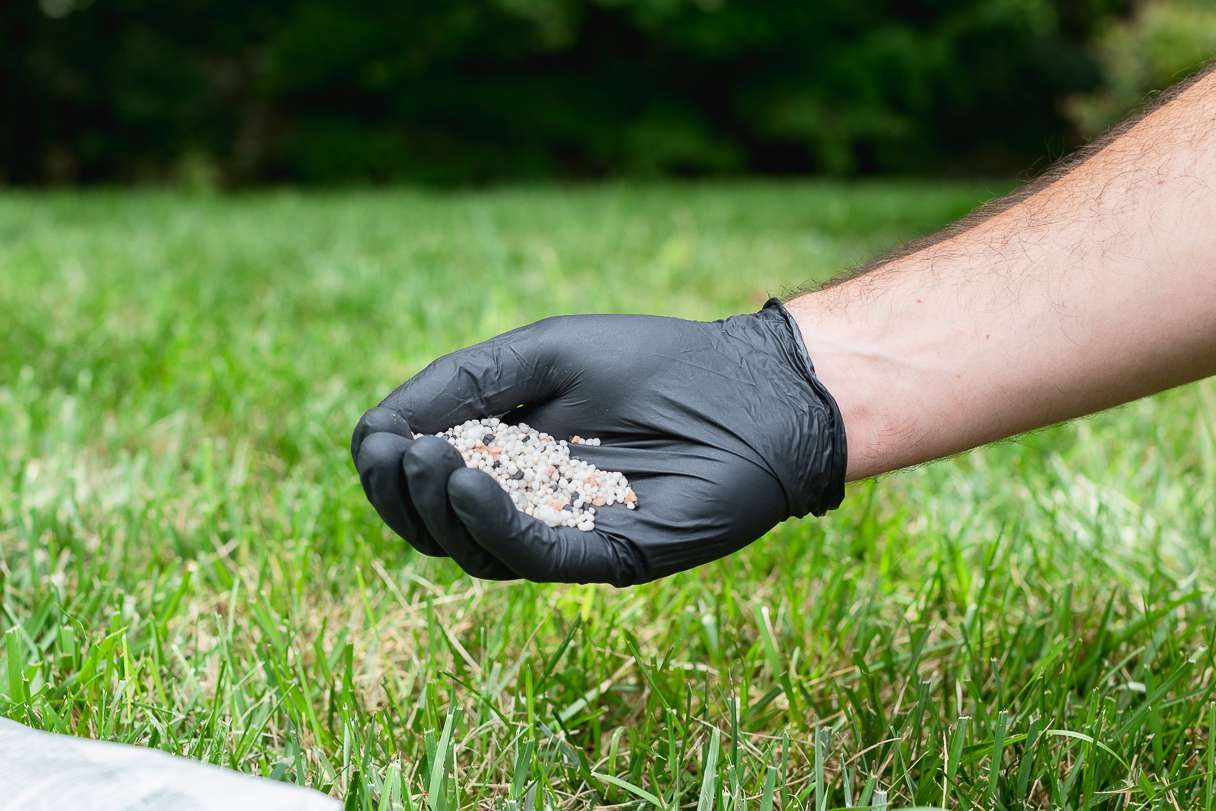

Landscaping Ideas
What Is Nitrogen For Grass
Modified: March 26, 2024
Learn the importance of nitrogen for grass in landscaping. Discover effective landscaping ideas for maintaining healthy and vibrant grass. Gain insights on optimizing nitrogen levels for your lawn.
(Many of the links in this article redirect to a specific reviewed product. Your purchase of these products through affiliate links helps to generate commission for Storables.com, at no extra cost. Learn more)
**
Introduction
**
When it comes to maintaining a lush, vibrant lawn, understanding the role of essential nutrients is paramount. Among these, nitrogen stands out as a key player in promoting healthy grass growth. In this comprehensive guide, we'll delve into the significance of nitrogen in sustaining thriving grass, explore the signs of nitrogen deficiency, and outline best practices for applying nitrogen fertilizers. Whether you're a seasoned lawn care enthusiast or a novice gardener, grasping the fundamentals of nitrogen for grass will empower you to cultivate a verdant and resilient lawn that's the envy of the neighborhood.
**
Key Takeaways:
- Nitrogen is like a superhero for grass, helping it stay green, grow strong roots, and fight off stress. Understanding its role and applying it wisely can make your lawn the envy of the neighborhood!
- Keep an eye out for signs of nitrogen deficiency in your grass, like faded color and slow growth. By applying nitrogen at the right time and in the right way, you can help your lawn thrive and stay healthy.
Read more: What Is A High Nitrogen Fertilizer
The Role of Nitrogen in Grass
Nitrogen serves as a fundamental building block for the development and vitality of grass. This essential nutrient plays a pivotal role in various physiological processes, making it indispensable for the overall health and appearance of your lawn.
First and foremost, nitrogen is a primary component of chlorophyll, the pigment responsible for the green hue in plant leaves. By facilitating chlorophyll production, nitrogen enables grass to harness sunlight and undergo photosynthesis, the process through which plants convert light energy into chemical energy. This, in turn, fuels the growth and development of grass, ensuring that it remains lush and vibrant.
Moreover, nitrogen contributes to the formation of amino acids, which are the building blocks of proteins. As grass requires proteins for cell growth, repair, and overall metabolic functions, a steady supply of nitrogen is crucial for sustaining these processes. Additionally, nitrogen aids in the synthesis of enzymes, which are essential for catalyzing various biochemical reactions within the plant.
Furthermore, nitrogen plays a key role in promoting robust root development. A healthy root system is vital for anchoring the grass, absorbing water and nutrients from the soil, and providing structural support. By fostering root growth, nitrogen enhances the resilience of the grass, enabling it to withstand environmental stressors such as drought and foot traffic.
Overall, the presence of adequate nitrogen ensures that grass exhibits vigorous growth, maintains a rich green color, and possesses the strength to endure the rigors of its environment. Understanding the multifaceted role of nitrogen in grass empowers you to make informed decisions regarding fertilization and cultivate a lawn that thrives year-round.
**
Understanding Nitrogen Fertilization
When it comes to nourishing your lawn with the essential element it needs to flourish, nitrogen fertilization plays a pivotal role. Nitrogen fertilizers are specifically formulated to provide grass with a readily available source of nitrogen, ensuring that it receives the nourishment necessary for robust growth and vibrant coloration.
There are various types of nitrogen fertilizers, each with its own unique characteristics and applications. Water-soluble nitrogen fertilizers, such as ammonium nitrate and urea, are quickly absorbed by the grass, making them ideal for providing rapid greening effects. Slow-release nitrogen fertilizers, on the other hand, deliver nitrogen to the grass gradually over an extended period, promoting sustained growth and minimizing the risk of nutrient leaching.
When determining the appropriate nitrogen fertilizer for your lawn, factors such as climate, soil composition, and grass species should be taken into account. Conducting a soil test can provide invaluable insights into your lawn’s specific nutrient requirements, guiding you in selecting the most suitable fertilizer formulation and application rate.
Applying nitrogen fertilizers at the right time is crucial for optimizing their effectiveness. In general, it’s advisable to fertilize grass during its peak growing season, typically in the spring and fall. By aligning fertilizer applications with the grass’s natural growth cycles, you can capitalize on its heightened nutrient uptake and maximize the impact of nitrogen fertilization.
Furthermore, proper application techniques are essential for ensuring that nitrogen fertilizers benefit the grass without causing harm to the environment. Avoid over-fertilizing, as excessive nitrogen can lead to environmental pollution and contribute to the development of thatch, a dense layer of organic matter that impedes water and nutrient penetration into the soil.
By understanding the nuances of nitrogen fertilization and selecting the most suitable products and application practices, you can harness the power of nitrogen to cultivate a resilient, verdant lawn that enhances the beauty and allure of your outdoor space.
**
Tip: Nitrogen is essential for grass growth as it helps with leaf and stem development. Apply a nitrogen-rich fertilizer to keep your grass healthy and green.
Signs of Nitrogen Deficiency in Grass
Recognizing the telltale signs of nitrogen deficiency in grass is instrumental in addressing nutrient imbalances and nurturing a thriving lawn. When grass is deprived of an adequate supply of nitrogen, it exhibits distinct symptoms that signal its nutritional needs.
One of the primary indicators of nitrogen deficiency is the gradual fading of the grass’s vibrant green color, giving way to a pale or yellowish hue. This discoloration occurs as chlorophyll production wanes in the absence of sufficient nitrogen, resulting in diminished photosynthetic activity and a lackluster appearance.
Furthermore, grass suffering from nitrogen deficiency tends to display reduced growth and vigor. The blades may appear stunted, and overall turf density may decline, leaving the lawn looking sparse and lackluster. Without an ample supply of nitrogen to fuel its metabolic processes, the grass struggles to maintain robust growth and may exhibit signs of weakness and susceptibility to environmental stressors.
In addition to visual cues, nitrogen-deficient grass may manifest physiological changes that are indicative of its nutrient imbalance. For instance, the older leaves of the grass may exhibit signs of chlorosis, characterized by yellowing or browning along the leaf margins and between the veins. This chlorotic pattern reflects the plant’s prioritization of nitrogen allocation, as it reallocates the nutrient from older tissues to sustain the growth of new leaves.
Another noteworthy symptom of nitrogen deficiency is the delayed recovery of grass from stressors such as mowing, foot traffic, or adverse weather conditions. Nitrogen-deprived grass may struggle to heal and regenerate following damage, further underscoring its compromised vitality and resilience.
By familiarizing yourself with the signs of nitrogen deficiency in grass, you can proactively address nutrient deficiencies through targeted fertilization and cultural practices. Monitoring your lawn for these indicators empowers you to intervene effectively, rectify nutrient imbalances, and restore your grass to a state of vibrant health and beauty.
**
Best Practices for Applying Nitrogen to Grass
**
Implementing optimal practices for applying nitrogen to your lawn is essential for maximizing the nutrient’s benefits while minimizing potential drawbacks. By adhering to best practices, you can ensure that your grass receives the nourishment it needs to thrive, all while promoting environmental sustainability and long-term health.
One of the foundational principles of effective nitrogen application is to tailor the fertilization regimen to your specific lawn’s needs. Conducting a soil test can provide invaluable insights into your soil’s nutrient composition, enabling you to customize your fertilization approach based on your grass’s unique requirements. This targeted approach helps prevent over-fertilization and minimizes the risk of nutrient leaching into the environment.
When selecting a nitrogen fertilizer, consider the formulation and release characteristics that align with your lawn’s growth patterns and environmental considerations. Slow-release fertilizers offer the advantage of sustained nutrient availability, promoting gradual and consistent grass growth while reducing the potential for nutrient runoff and leaching. Conversely, quick-release fertilizers can provide rapid greening effects but may necessitate more frequent applications to maintain optimal nutrient levels.
Timing is a critical factor in nitrogen application, as it directly impacts the grass’s ability to utilize the nutrients effectively. Fertilizing during the grass’s active growth periods, such as early spring and early fall, capitalizes on its heightened metabolic activity and nutrient uptake, maximizing the impact of nitrogen fertilization. Avoid fertilizing during periods of dormancy or environmental stress, as the grass may be less responsive to nutrient applications during these phases.
Proper application techniques are integral to ensuring that nitrogen fertilizers benefit the grass without causing harm to the environment. Utilize calibrated spreaders to achieve uniform coverage and prevent fertilizer streaking or patchiness. Additionally, promptly sweep or water in any fertilizer granules that inadvertently land on hardscapes, thereby minimizing the risk of nutrient runoff into water bodies.
Lastly, integrate sustainable lawn care practices, such as leaving grass clippings on the lawn to naturally recycle nutrients, and maintaining proper mowing and watering routines to complement nitrogen fertilization. By adopting a holistic approach to lawn maintenance, you can optimize the effectiveness of nitrogen applications while fostering a resilient, verdant lawn that enhances the beauty of your outdoor space.
**
Read more: What Nitrogen Fixation And Crop Rotation
Conclusion
As a cornerstone of healthy grass growth, nitrogen plays a pivotal role in sustaining the lush, vibrant appearance of your lawn. By comprehending the multifaceted significance of nitrogen in promoting robust grass development, you can make informed decisions regarding fertilization and cultivate a resilient and visually captivating outdoor space.
Understanding the nuanced interplay between nitrogen and grass empowers you to recognize and address signs of nitrogen deficiency, ensuring that your lawn receives the essential nutrients it needs to thrive. By implementing best practices for applying nitrogen, customizing your fertilization approach, and adhering to sustainable lawn care principles, you can harness the power of nitrogen to cultivate a verdant and enduring lawn that enhances the allure of your outdoor environment.
Ultimately, the judicious application of nitrogen to your grass not only fosters its health and beauty but also contributes to environmental stewardship by minimizing nutrient runoff and promoting sustainable lawn management practices. By embracing the principles outlined in this guide, you can embark on a journey to nurture a resilient, vibrant lawn that serves as a testament to your dedication to quality lawn care and environmental consciousness.
Armed with a deeper understanding of nitrogen’s pivotal role in sustaining healthy grass, you are well-equipped to embark on a journey of cultivating a verdant and enduring lawn that stands as a testament to your dedication to quality lawn care and environmental consciousness.
Frequently Asked Questions about What Is Nitrogen For Grass
Was this page helpful?
At Storables.com, we guarantee accurate and reliable information. Our content, validated by Expert Board Contributors, is crafted following stringent Editorial Policies. We're committed to providing you with well-researched, expert-backed insights for all your informational needs.


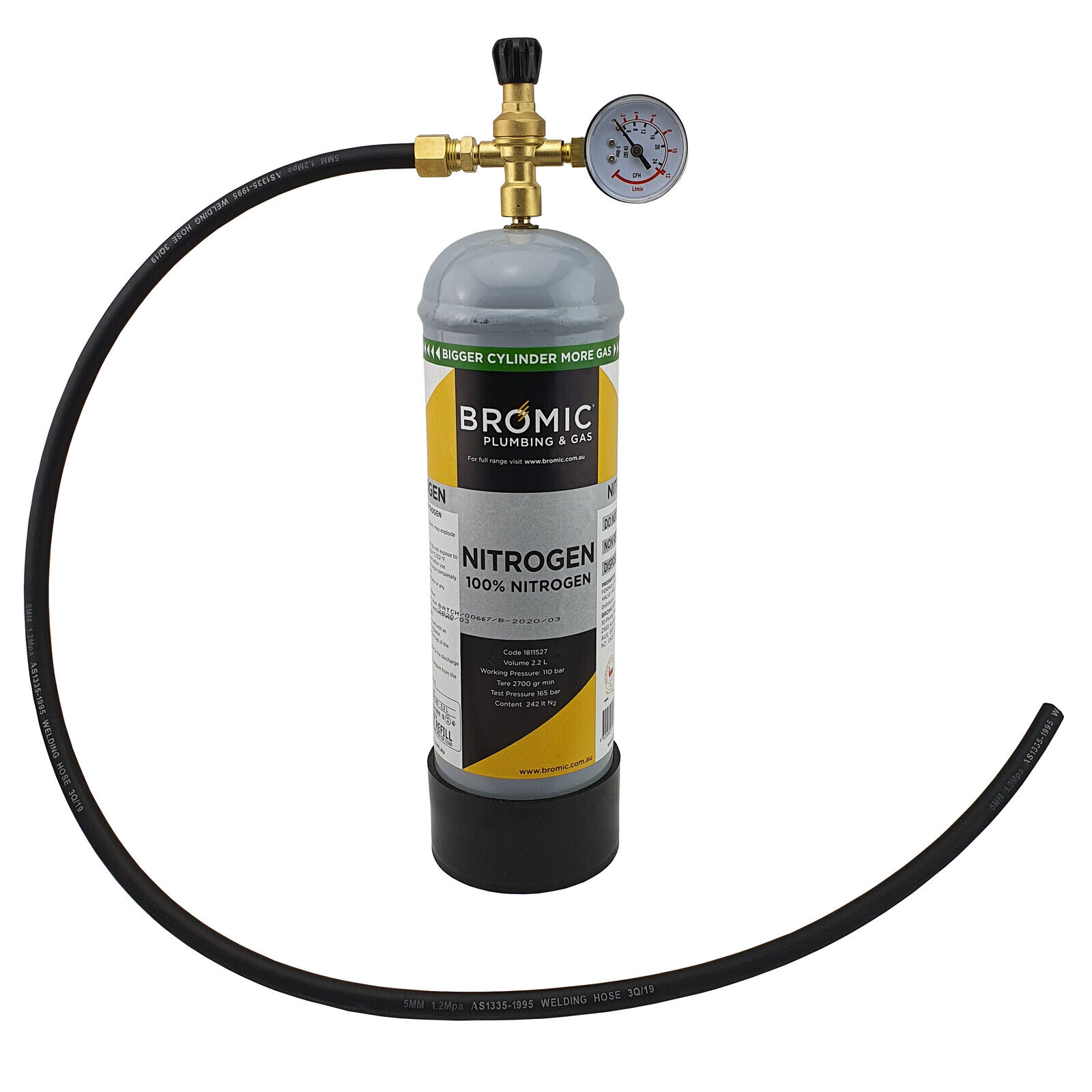
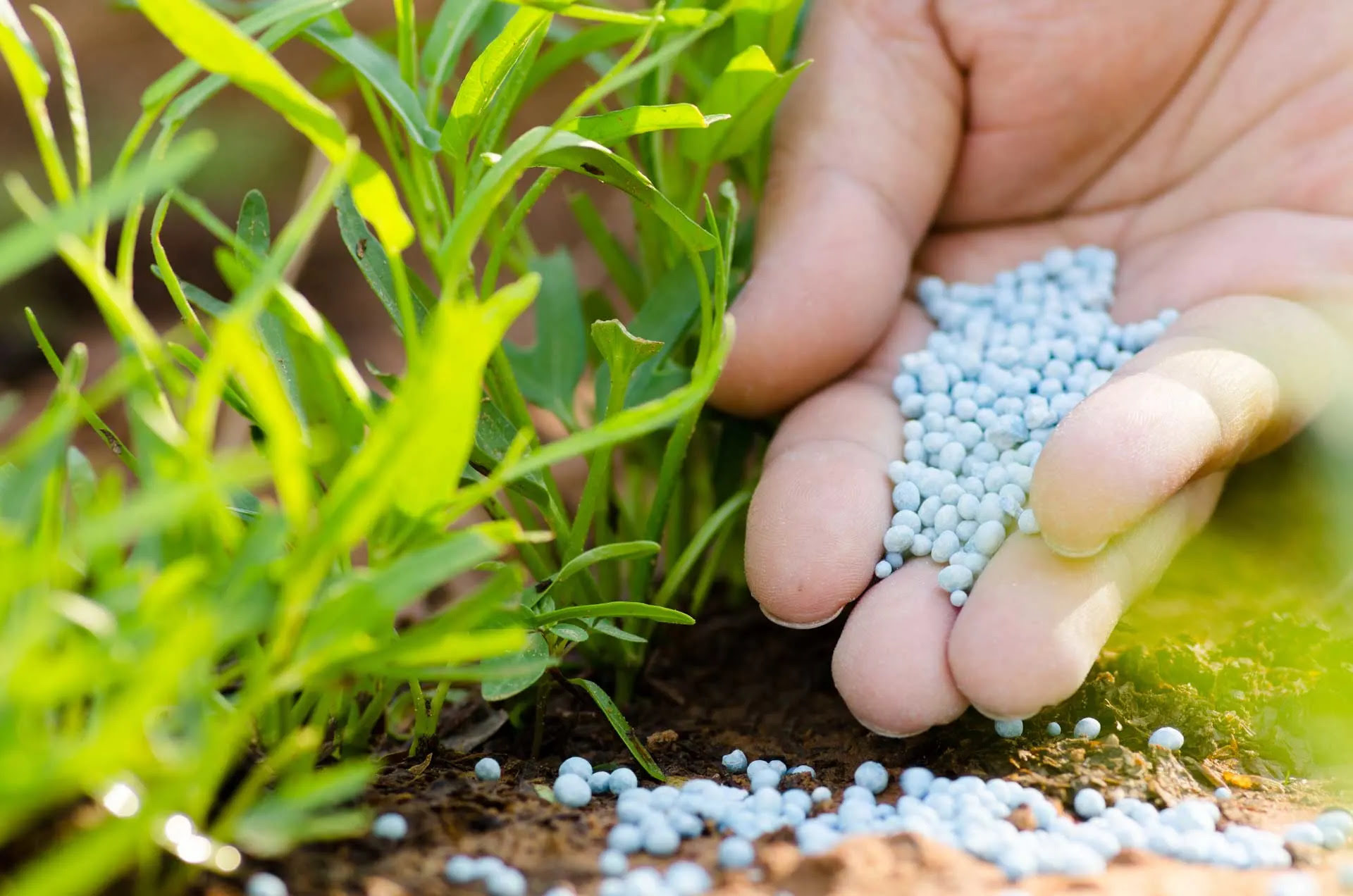
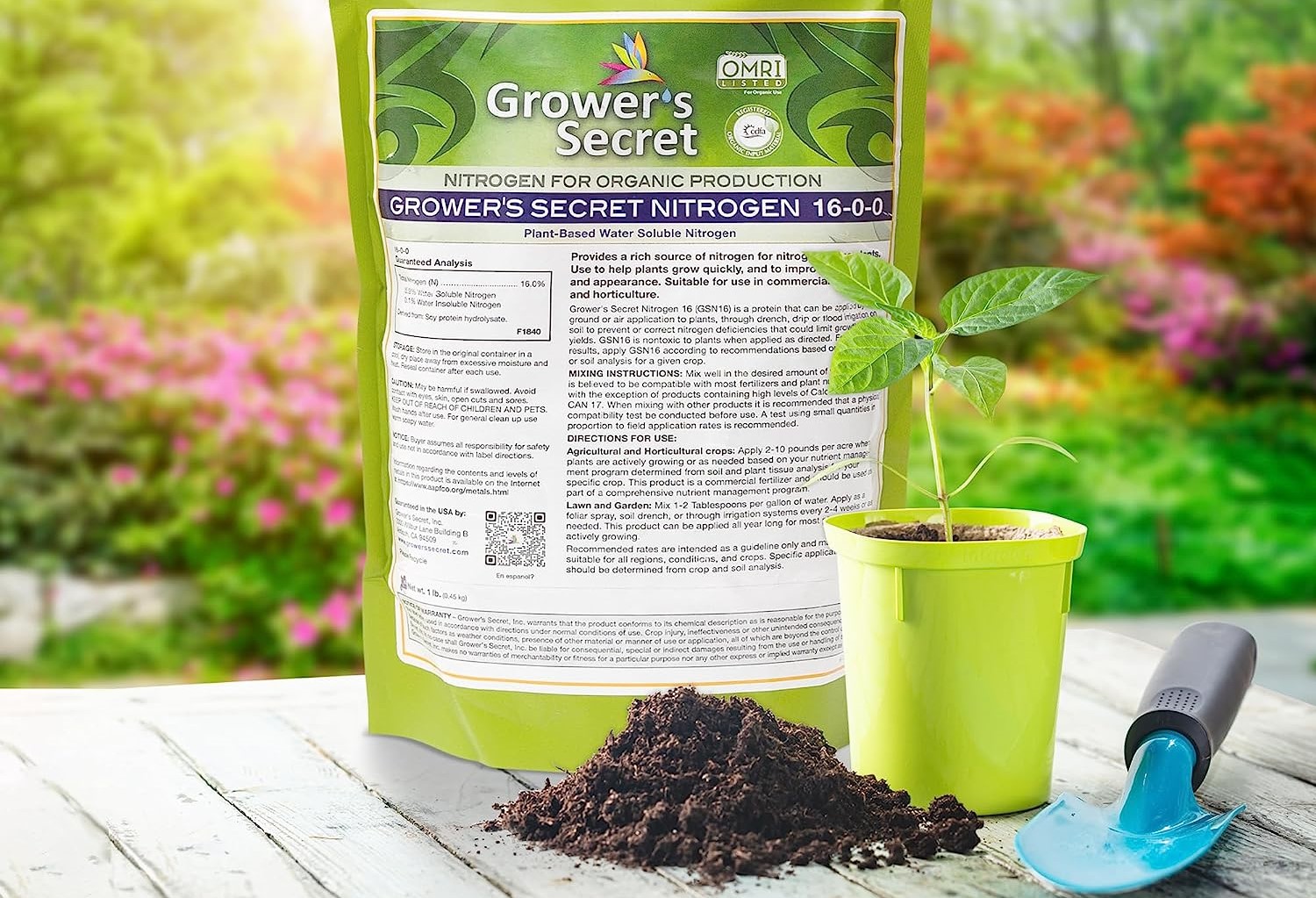
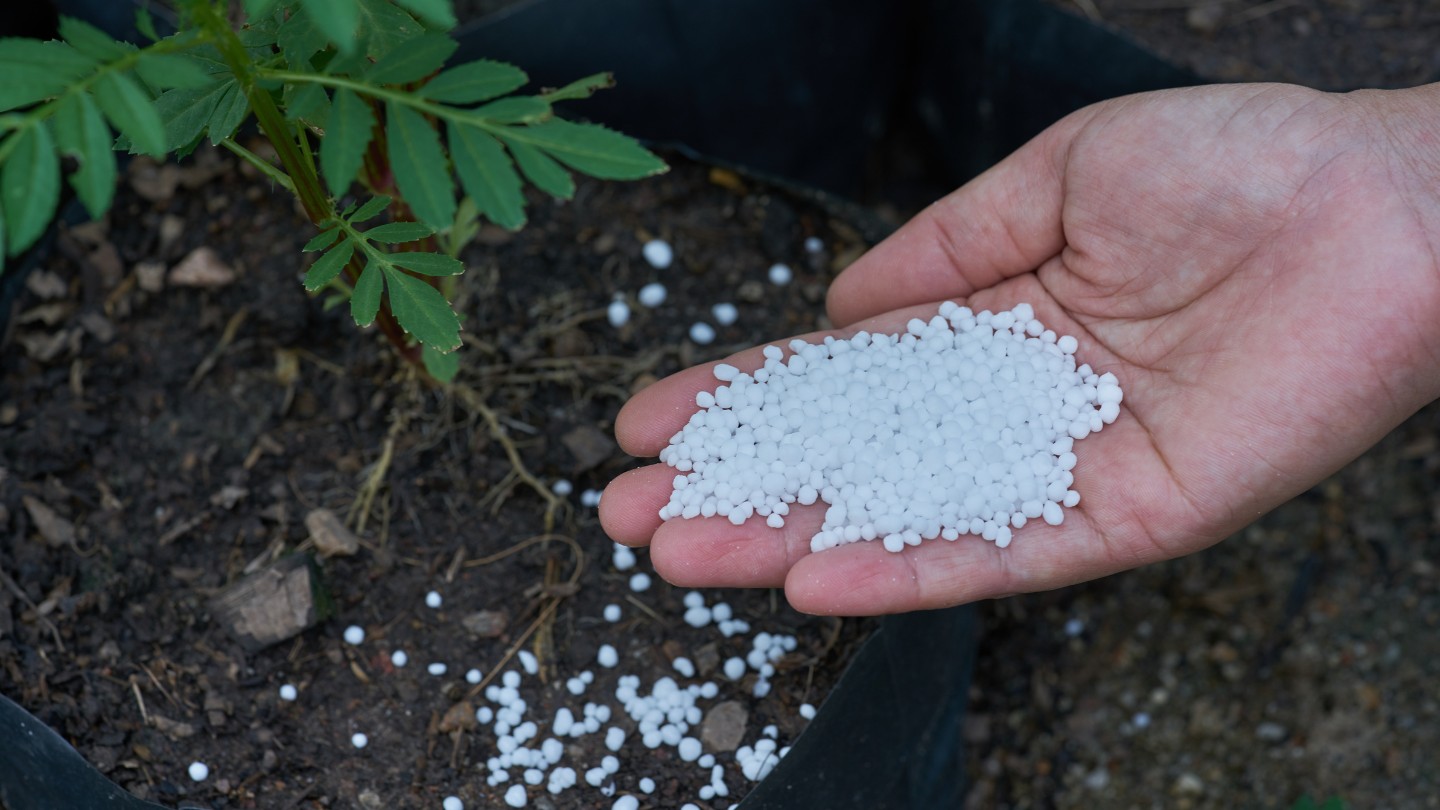
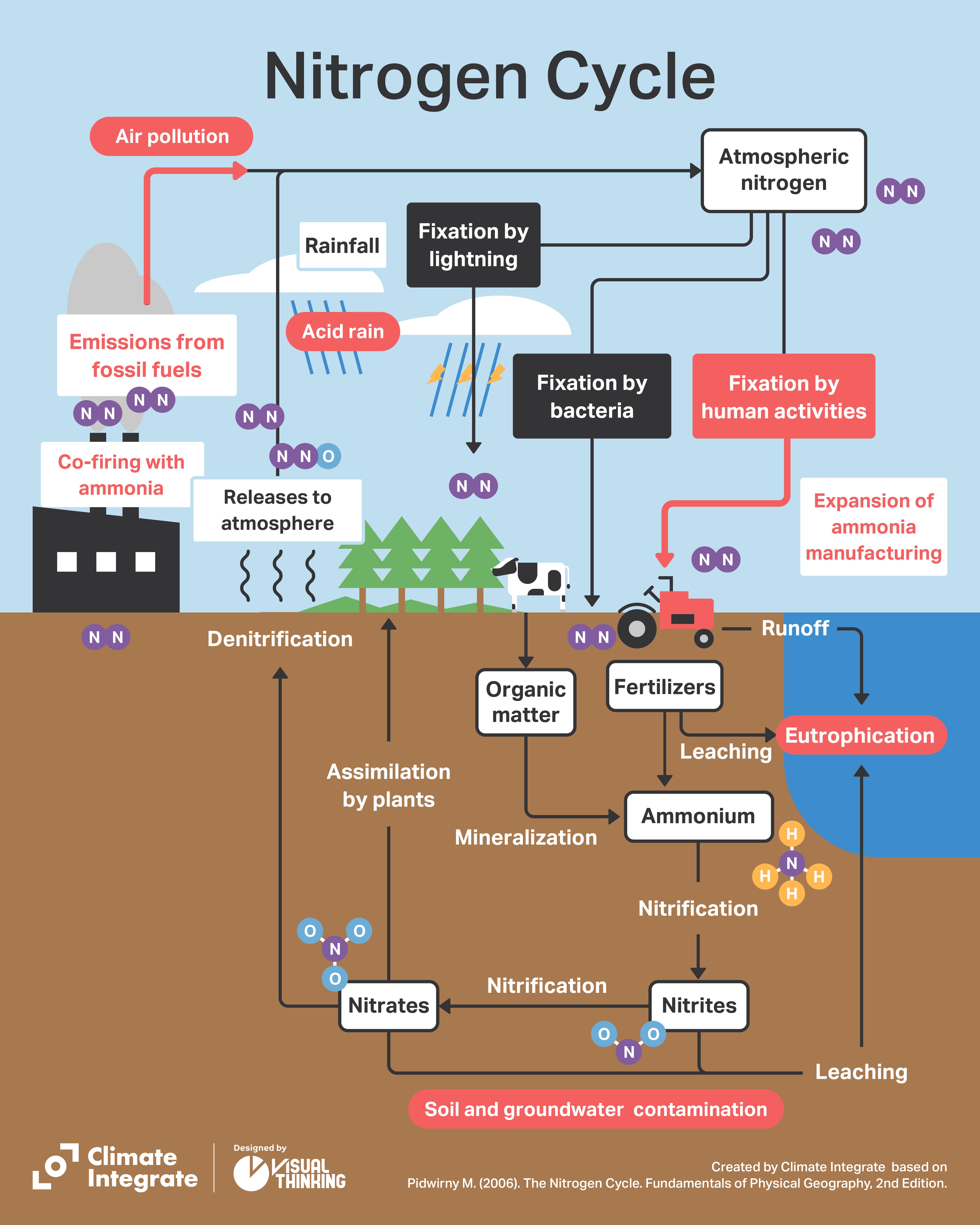
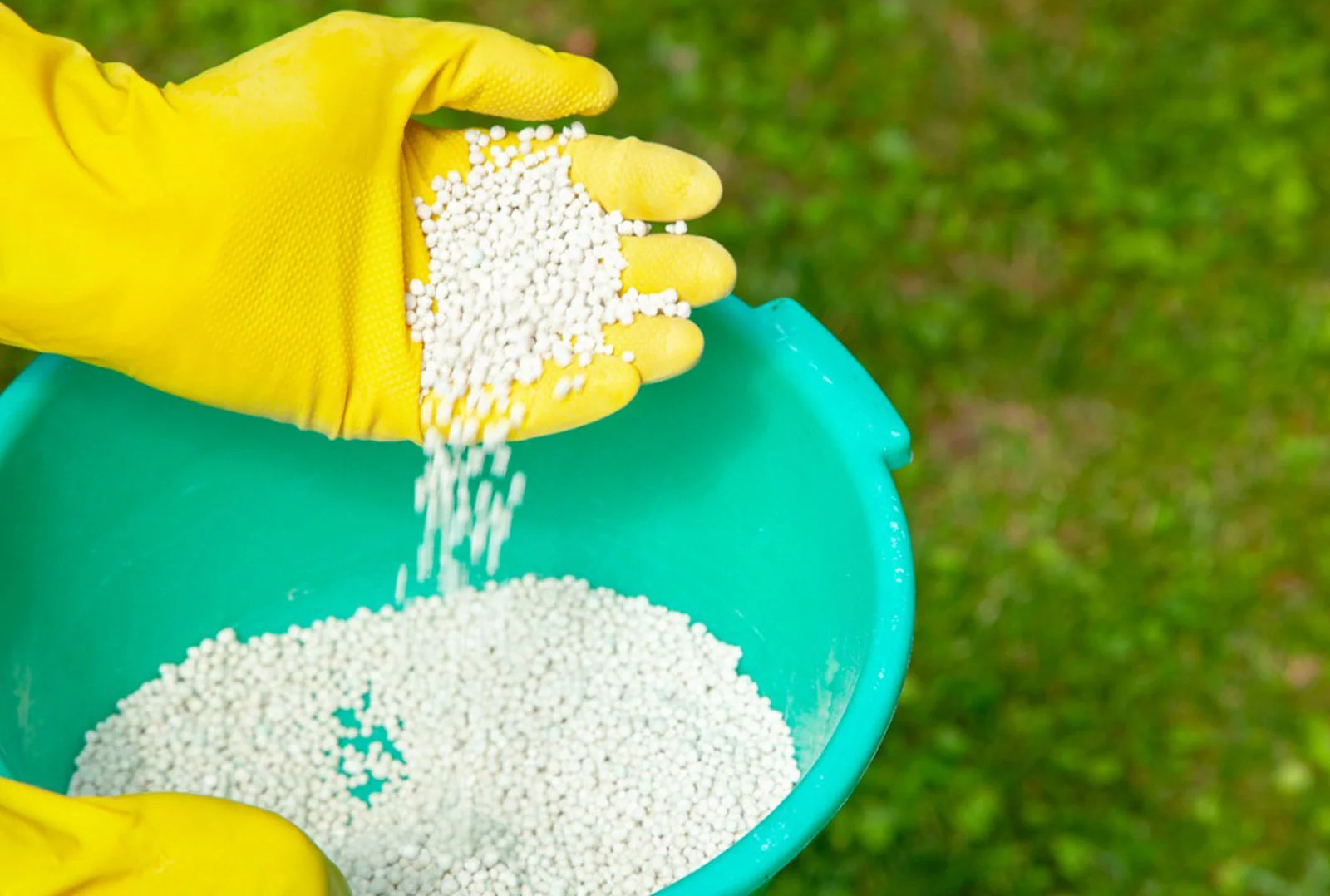

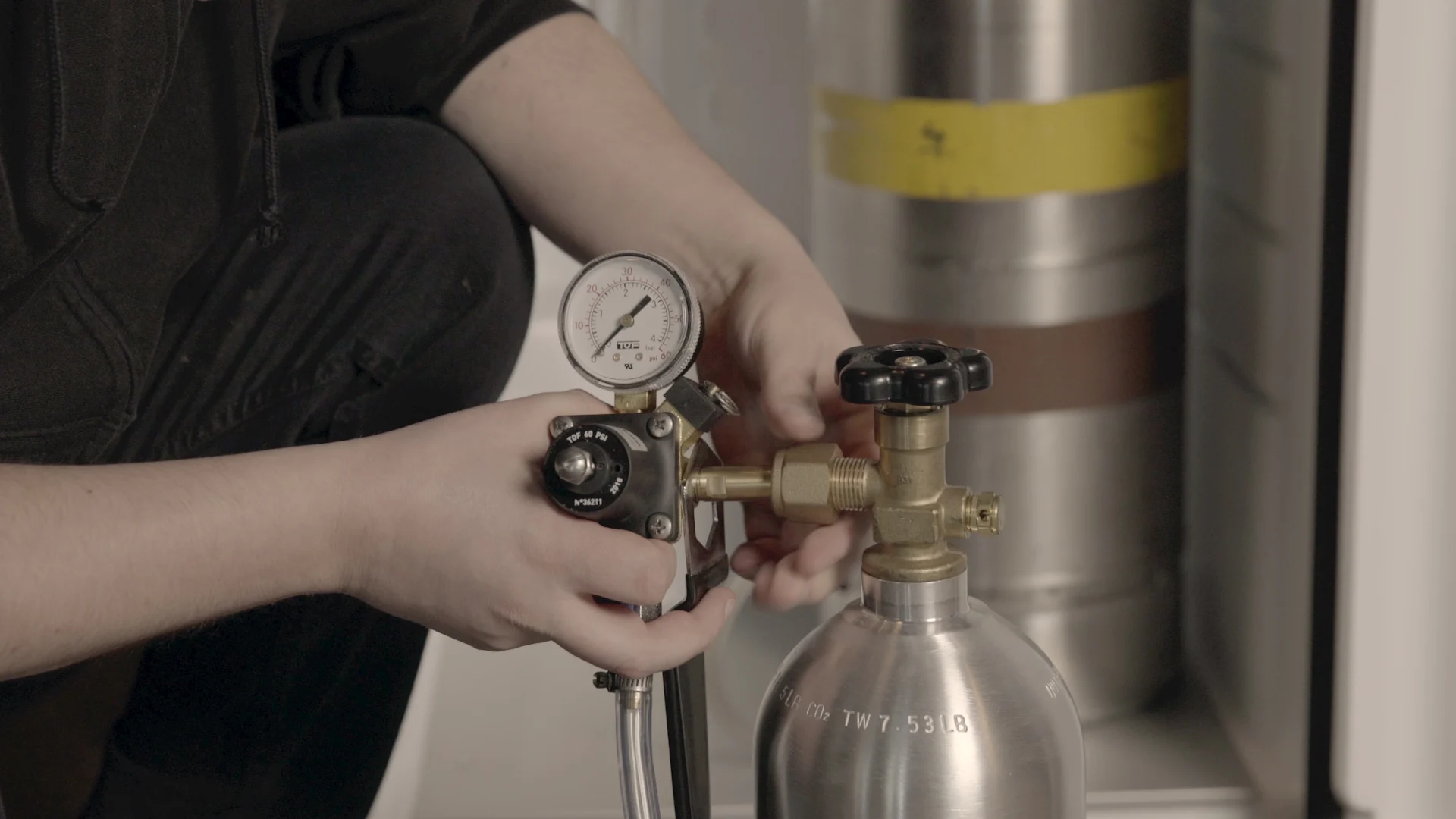
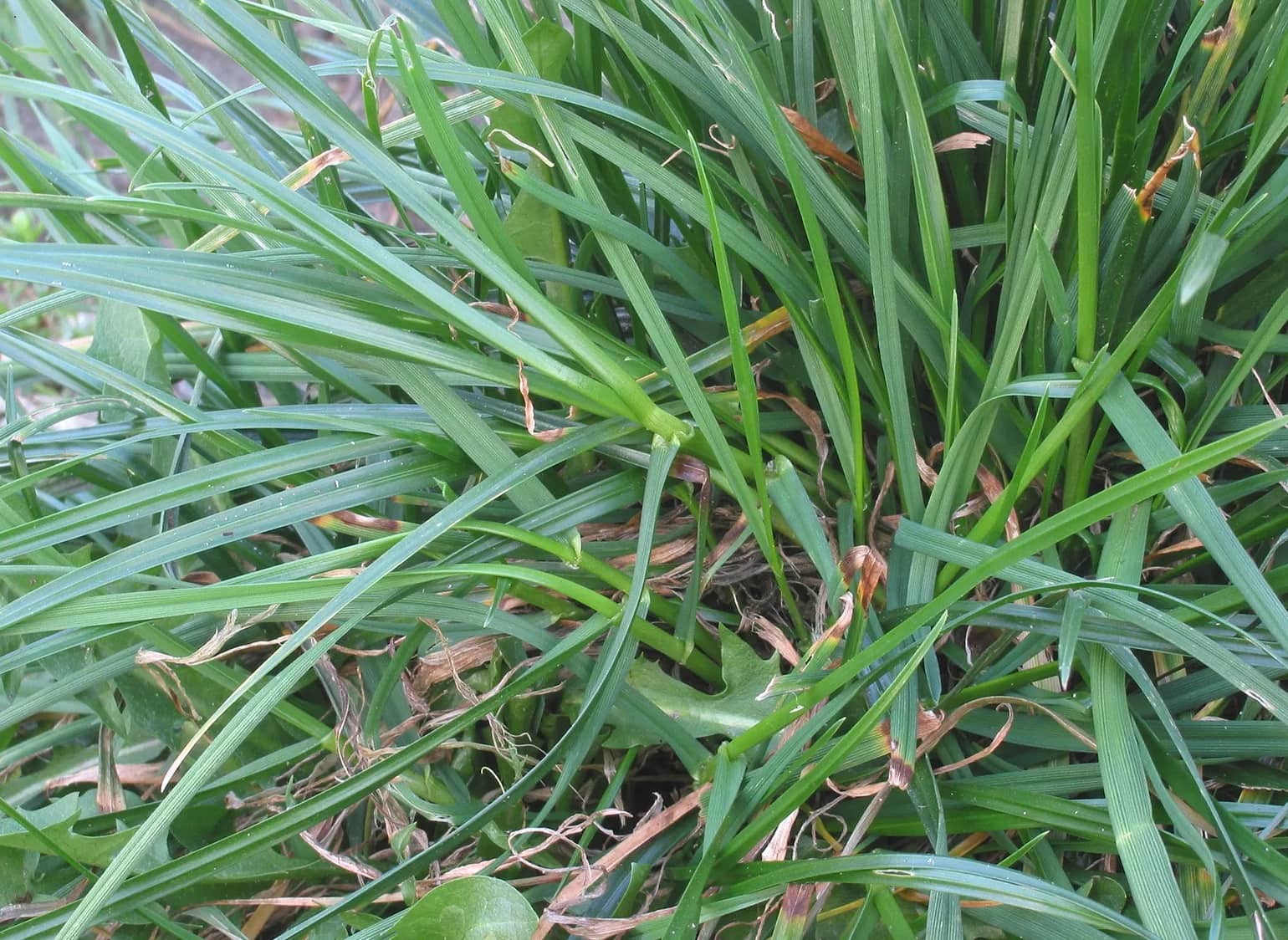
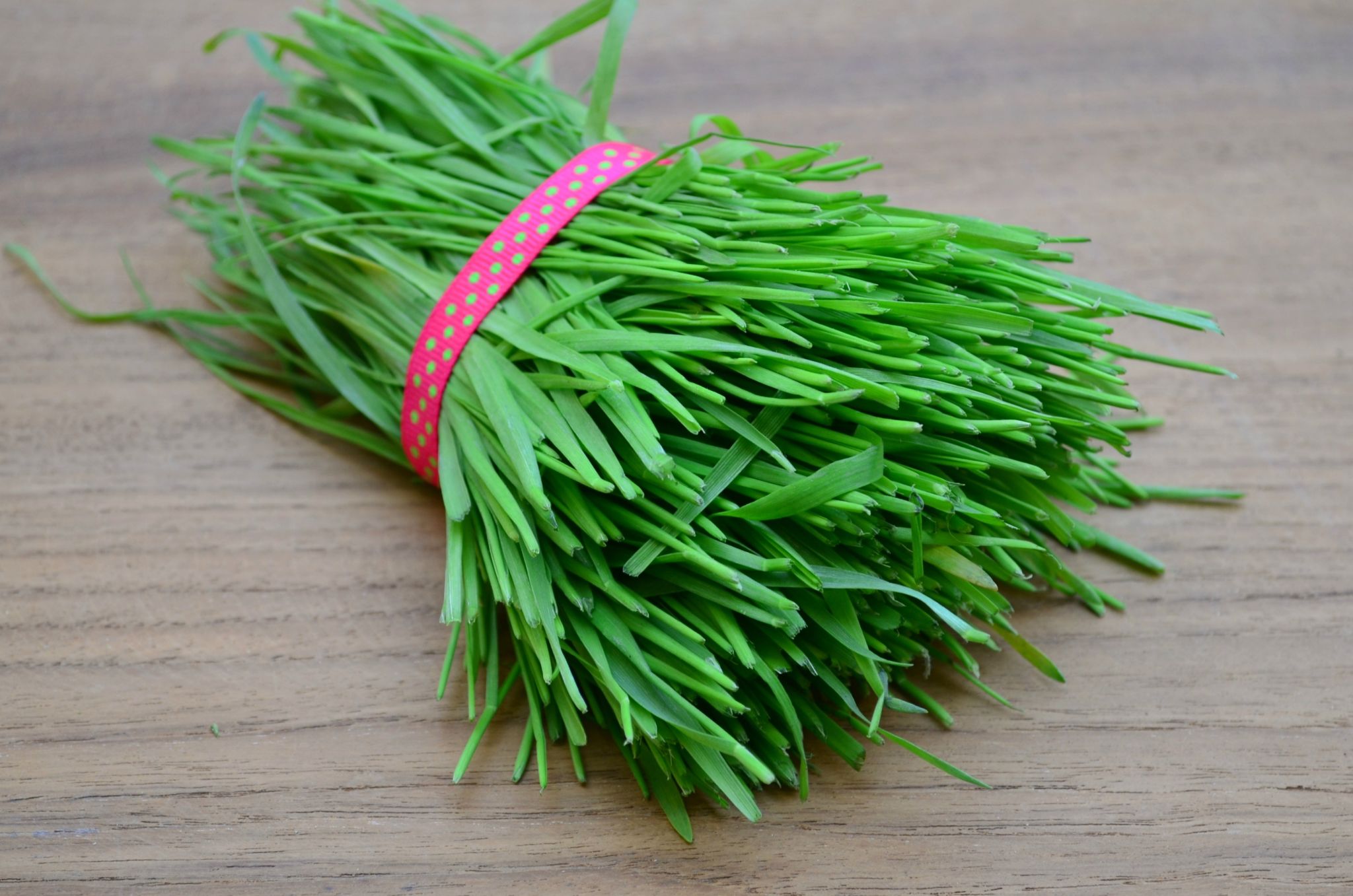

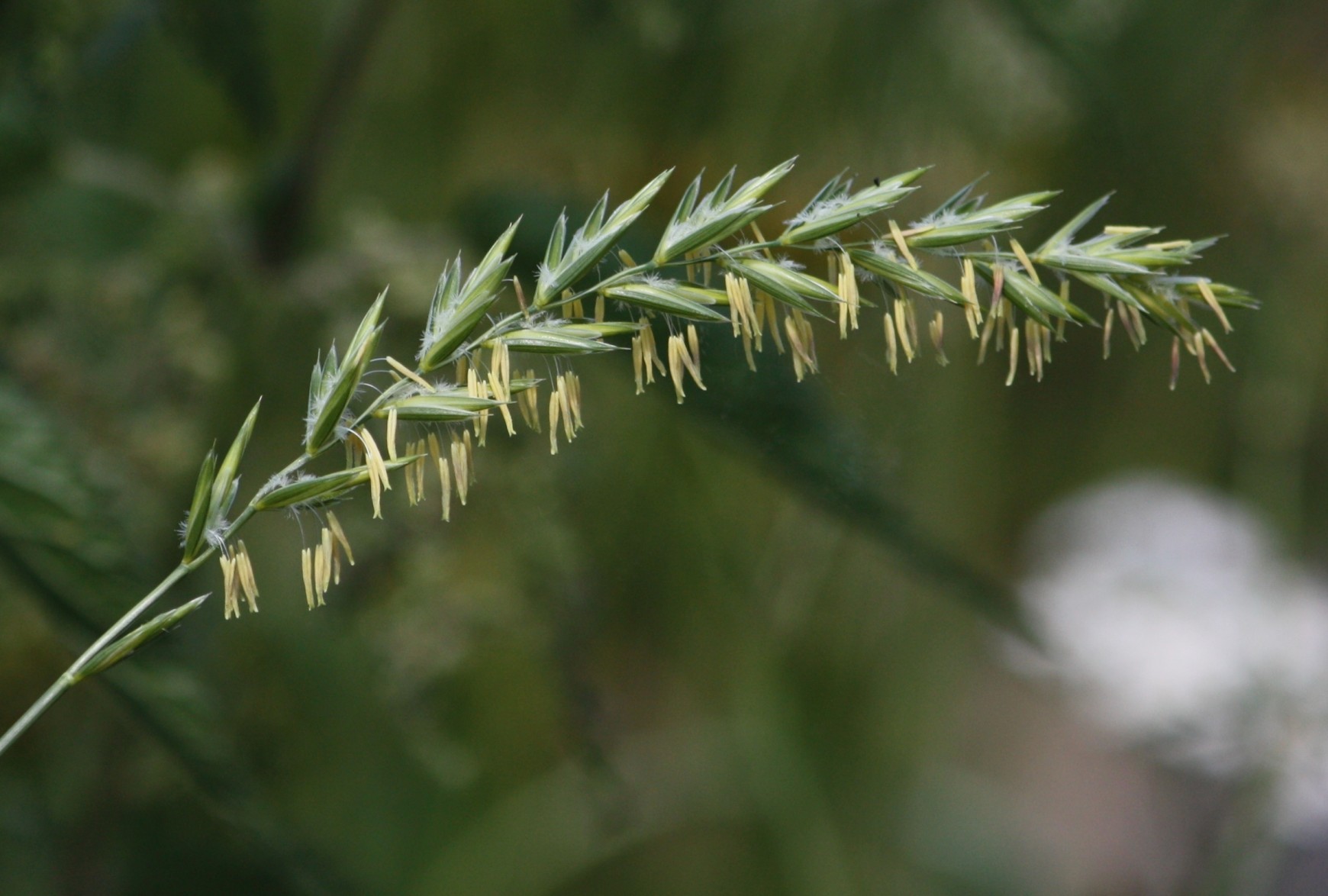

0 thoughts on “What Is Nitrogen For Grass”